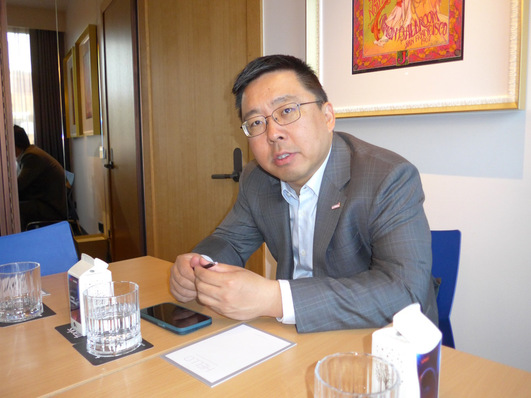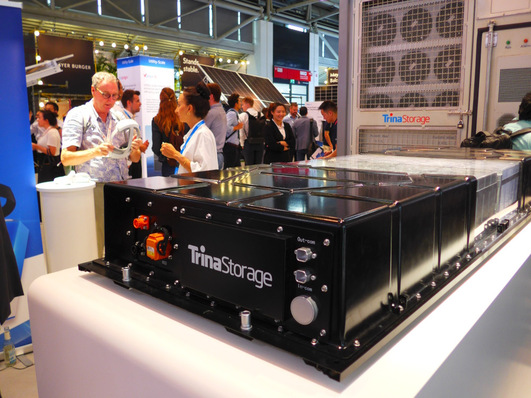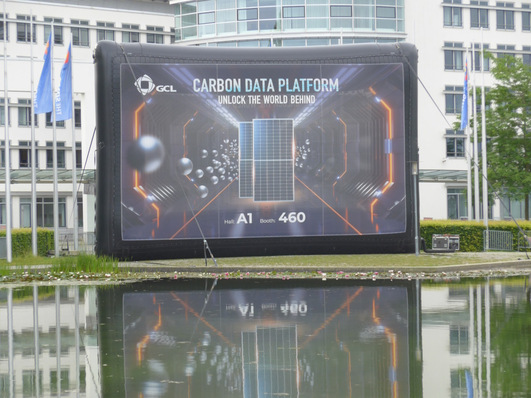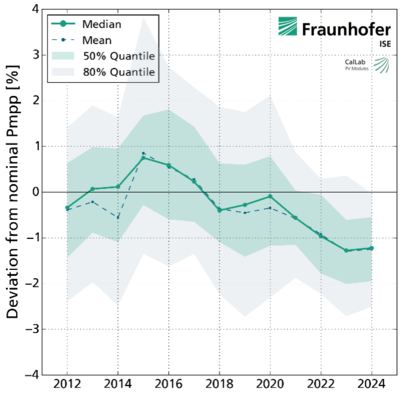The American manufacturer of luminescent glass panels Ubiqd from Los Alamos, New Mexico, has developed a completely transparent solar window with an efficiency of 3.6 percent. The technology of the Americans is not based on laminating a semiconductor material between two glass panes. Instead, the company is using its expertise gained in the development of luminescent glass.
This technology is based on the fact that extremely small nanoparticles – so-called quantum dots, which have been laminated between the glass panes – amplify the incident sunlight and thus allow more light to enter the rooms. This technology is mainly used in greenhouses.
Solar cells in the frame
The solar windows are based on the same technology. However, the quantum dots do not transmit the amplified sunlight into the building’s inside, but rather onto the frame of the window. This is where the solar cells are located, which produce electricity from the deflected sunlight. In order to keep the window transparent, only a small portion of the sunlight is redirected.
See also:
Solar films that can be freely shaped
In this way, however, no wires or solar cells disturb the view. By combining the quantum dots with different dyes, different colors of the windows are also possible. The company is now working on further developing this LSC technology so that it can be used more rapidly in the next generation of energy-efficient buildings. The company has described the current development and further possibilities in a study that has just been published in The Journal of ACS Applied Energy Materials. (su/mfo)







